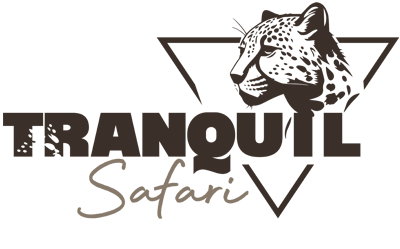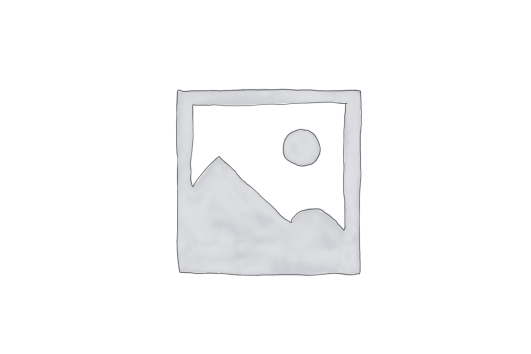Located within the Ngorongoro Conservation Area in Northern Tanzania, Kerimasi Crater is a stunning volcanic crater that is part of the Great East African Rift. It is one of the older volcanoes in the area, and along with Ngorongoro Crater, it is a popular destination for tourists who are interested in exploring the rich natural beauty of Tanzania. In this article, we’ll take a closer look at Kerimasi Crater, and explore what makes it such a popular destination for trekkers and adventure seekers.
Kerimasi Crater is a hidden gem in Tanzania, offering a unique trekking experience that can’t be found anywhere else in the world. It’s a place where visitors can immerse themselves in nature, explore the rugged landscape, and witness the raw beauty of one of the oldest volcanoes in the area. With proper planning and an experienced guide, a trek to Kerimasi Crater is a must-do for any nature lover or safari enthusiast.
Regardless of the route chosen, it’s always recommended to use a registered guide or a tour operator, as they have the experience and knowledge to ensure a safe and enjoyable trekking experience.
The Formation of Kerimasi Crater
Kerimasi Crater is the result of a volcanic eruption that occurred millions of years ago. Similar to the eruption that formed Ngorongoro Crater, the eruption that formed Kerimasi was massive in scale, resulting in the collapse of the volcano’s summit. Over time, this collapse formed a large depression in the earth’s crust, which is what we now know as Kerimasi Crater.
The Natural Beauty of Kerimasi Crater
Kerimasi Crater is a beautiful natural wonder that is a must-visit for anyone who is interested in the natural beauty of Tanzania. The crater itself is a stunning sight, with steep walls that rise up to over 600 meters in some places. The crater is also home to a wide variety of flora and fauna, including several species of birds and mammals.
Combining Kerimasi Crater with Other Destinations
Many visitors to Kerimasi Crater choose to combine their trip with visits to other nearby destinations. Popular destinations include Olmoti and Empakaai craters, as well as Oldoinyo Lengai and Lake Natron. Combining these destinations into a longer trek is a great way to experience the natural beauty of Tanzania, and to see some of the most stunning landscapes in the country.
Guided Tours of Kerimasi Crater
In order to visit Kerimasi Crater, it is usually necessary to hire a guide. The Ngorongoro Conservation Area Authority (NCAA) requires that all visitors to the area be accompanied by an armed guide, who is responsible for ensuring the safety of the group. Most campsites in the area are special NCAA campsites or privately owned, and require a guide to access. Visitors who are interested in trekking to Kerimasi Crater should plan ahead and book a guided tour well in advance.
Best Time to Visit Kerimasi Crater
Kerimasi Crater is open to visitors year-round, but the best time to visit is during the drier seasons, which run from July to January. During these months, the weather is generally warm and dry, making it easier to trek through the area. There may be short rains in December, but they are usually brief and do not affect travel too much.
Getting to Kerimasi Crater
Getting to Kerimasi Crater requires some planning, as the last bit of the journey must be done on foot. There are two main routes that can be used to reach the crater. The first route goes through the Ngorongoro Conservation Area, and requires a 4×4 ride to the eastern rim of Empakaai Crater, followed by a trek to Kerimasi
What to do there?
Trekking in Kerimasi Crater
Kerimasi Crater is a fascinating destination for hikers and nature enthusiasts. Most visitors opt to include it as part of a longer trek that also takes them to neighbouring Olmoti and Empakaai craters, along with Oldoinyo Lengai and ending as far north as Lake Natron.
Trekking at Kerimasi Crater is an experience that is not to be missed. The trek to the crater takes visitors through some of the most beautiful scenery in Tanzania and offers stunning views of the surrounding landscape. The trek itself is not too difficult, but it does require a certain level of fitness and stamina, as well as an experienced guide to lead the way.
Exit the Conservation Area
Getting to Lake Natron and Oldoinyo Lengai would require exiting the conservation area, and it’s best to have an experienced tour operator to help you plan your visit. The nearby town of Mto wa Mbu is an ideal starting point for tours and treks, and there are many tour operators available that offer guided treks to Kerimasi Crater.
Best time to visit?
Kerimasi Crater can be visited at any time of the year, but for a more comfortable hike, it’s recommended to go during the drier seasons. The drier months are from July to January every year, although there may be short rains in December.
Avoid the Rainy Season
During the rainy season, the trails can be muddy and slippery, which can make trekking difficult and even dangerous. In addition, the views may be obscured by clouds, and wildlife may be harder to spot.
Location of Kerimasi Crater
Kerimasi Crater is located on the north-eastern border of the Ngorongoro Conservation Area in Northern Tanzania. It’s also about a 10 kilometre walk from the eastern rim of the Empakaai Crater. Visitors can get more information on its location from the map below.
Getting to Kerimasi Crater
The last bit of the journey has to be done on foot, but there are two routes that visitors can use to get to Kerimasi Crater. One route goes through the Ngorongoro Conservation Area, while the other does not.
Conservation Area Route
For the conservation area route, visitors would have to take a 4×4 ride to the eastern rim of the Empakaai Crater, then walk from there to Kerimasi. This would most likely require camping, as the trek can take several days to complete.
Dirt Road Route
The other route is a dirt road, with a turning point heading north from Mto wa Mbu. It takes visitors past several smaller craters, Oldoinyo Lengai, and ends as far north as Lake Natron. This route is less challenging and can be completed within a day.


Tour Reviews
There are no reviews yet.
Leave a Review